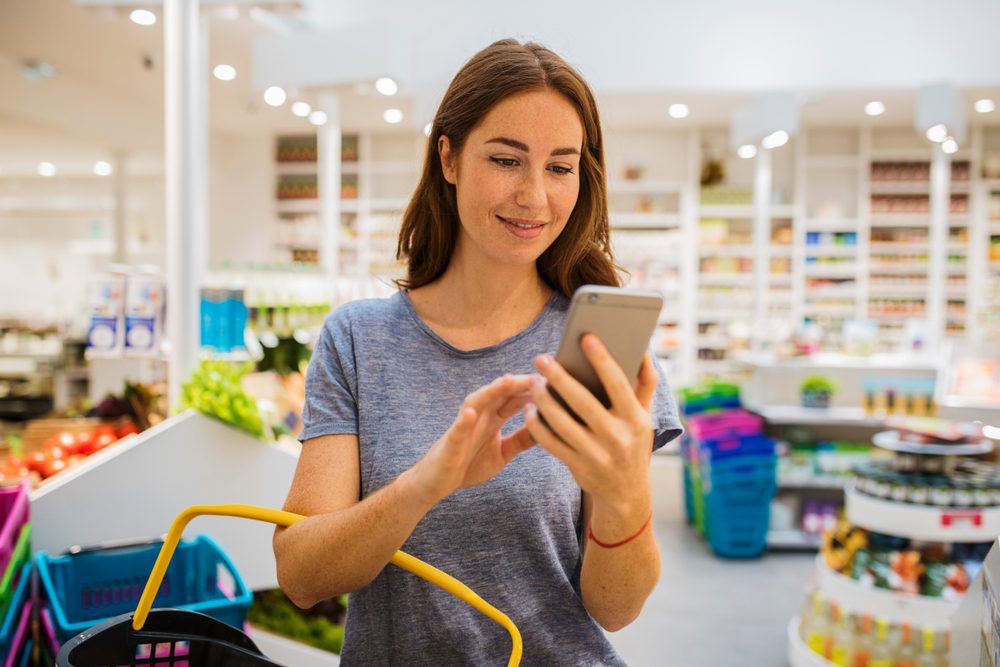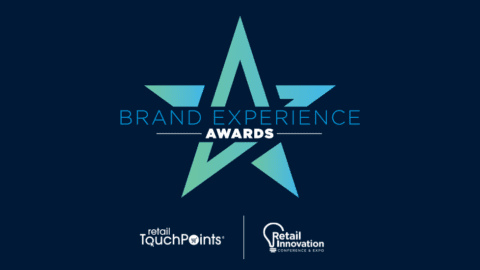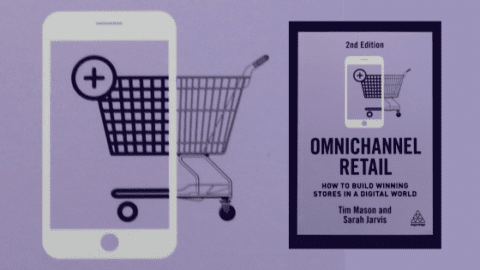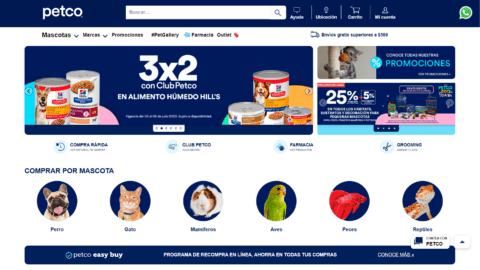The average consumer belongs to approximately six different loyalty programs, but only actively participates in about four of them, according to a survey by Blackhawk Network. Retailers that want their programs to be among those that receive active participation — and that will consistently make customers choose them over the competition — need to offer the right balance of intriguing rewards, correctly timed incentives and personalization.
“The closer you are to understanding your customer, the better chance you have of launching a successful customer loyalty program,” said Alex Barseghian, Group VP of Sales and Marketing Retail at Blackhawk Network in an interview with Retail TouchPoints. “It’s not one-size-fits-all. There’s no points program that works for everybody, no cash back program or fuel program that works for everybody. Driving loyalty and engagement and getting closer to customer is the more important part — it creates the foundation.”
Branded Gift Cards Win Over Prepaid Open Loop Cards
No single reward will be the best for every retailer, but some key incentives will find a place even in a broader portfolio of rewards. For instance, 70% of shoppers want gift card rewards from online retailers, while 56% want them from brick-and-mortar companies. Interestingly, shoppers actually prefer branded gift cards over prepaid open loop cards:
- E-Commerce: 51% prefer gift cards, 19% prefer prepaid cards; and
- Brick-and-mortar: 43% prefer gift cards, 14% prefer prepaid cards.
- Online gift card catalogs (90%);
- Broader online reward catalogs (89%); and
- Mobile wallet rewards (86%).
Branded gift cards don’t necessarily have to share the same brand as the loyalty program: retailers can make the reward feel more personalized by offering shoppers a range of choices, according to Barseghian. Cards in general are an appealing reward due to their immediacy and ease of use when they are delivered digitally through a loyalty app.
“People don’t want to wait three to four weeks to receive their reward,” said Barseghian. “We’re in a reality where you can go to Amazon to buy something and get it the next day, so why burn your points on merchandise that won’t be guaranteed tomorrow? That’s why people like cards — they’re safe, secure and can be used immediately.”
The convenience of digital incentives also provides benefits with other reward structures. The leading online rewards favored by loyalty program mangers include:
Bigger Rewards Aren’t Necessarily Better
Whether a program revolves around discounts, cash or fuel rewards, it should encourage frequent redemption rather than occasional splurges. Blackhawk found that 50% of loyalty program members redeem their rewards at least four times per year, and the real appeal is in small but plentiful incentives: 80% of loyalty members look for opportunities to redeem points for rewards at values well below the $100 mark.
This is another area where customer research is vital: understanding the frequency of the average shopper’s visits can help determine how quickly rewards should be earned and redeemed. A retailer in the fast-moving consumer goods space should offer smaller, more frequent incentives than a luxury goods company.
“If you have a low-priced ticket item, like a coffee shop versus an airline, customers should redeem points for a coffee much faster than a flight,” said Barseghian. “Just like you wouldn’t wait three years to redeem a flight, when you’re buying coffee one time or two times a week you’re not going to wait nine months or twelve months for a reward.”
Once the basic reward structure and frequency has been nailed down, retailers can perfect the experience by truly personalizing the experience. This is where big data comes in — retailers can fine-tune their programs by looking at how and where their customers engage with the app, which rewards are the most popular and other data points. A loyalty program that offers relevant rewards at times when the customer is most receptive will earn its place in their regular shopping routine.
“The three key pillars are personalization, relevant communication and only being around the customer when the person wants to shop,” said Barseghian. “Retailers should understand your path and behavior: what you have purchased, when and how often, and communicate with those things that are most relevant to you.”













